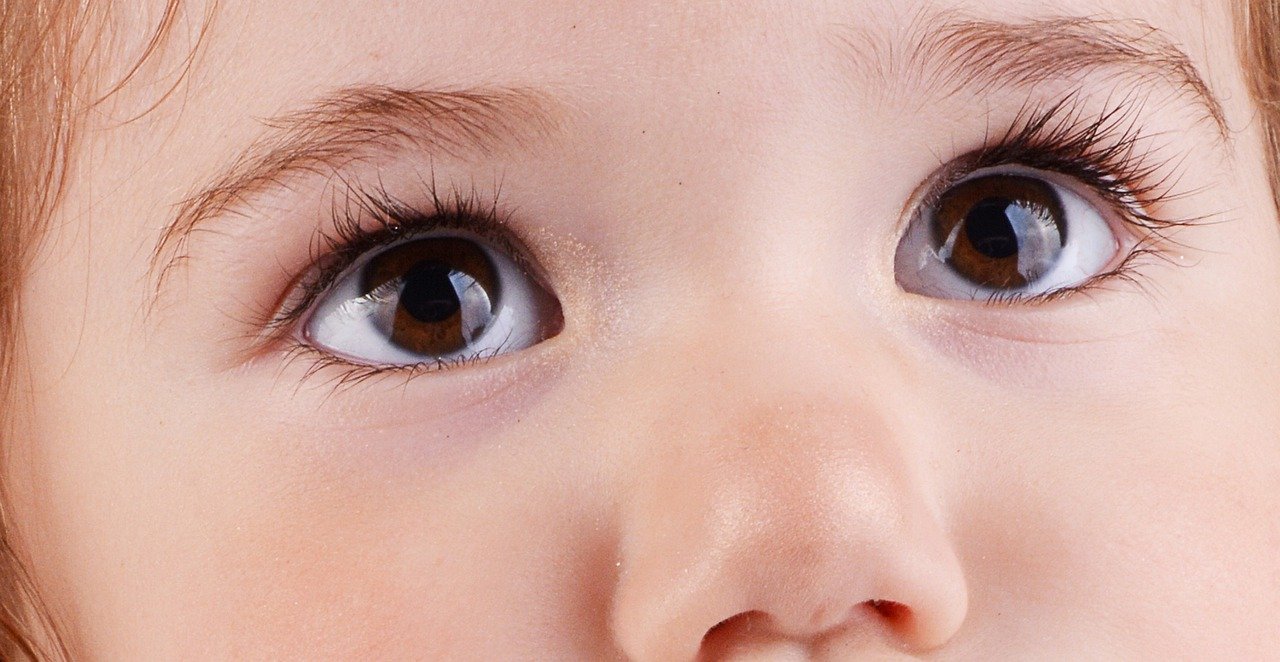Moving beyond ‘Eye Contact’
Eye Contact – What do we mean by this term and is it ever appropriate to work on?
The term ‘eye contact’ is often referred to as an important skill that children must acquire on their way to becoming social participants in interactions.
‘Demonstrates appropriate eye contact’ often appears on child developmental checklists.
A lack of ‘eye contact’ has been also sometimes been associated with a range of developmental difficulties and differences including Autism Spectrum Disorder.
So what do we mean by the term ‘Eye Contact’ and what does ‘Demonstrating appropriate eye contact’ look like?
Let’s pause for a moment to consider how we use our eyes to help make sense of social situations.
We look at our conversational partner’s face to gauge information about their emotions, topic of interest and for hints of when it might be our turn to contribute to the conversation.
Much can be learned from noticing a partners’ facial expressions and, by following our partner’s eye gaze, we might better understand and tune into what they want to share with us.
Often our eye gaze will shift from our conversational partner, to an item of joint interest and back to our partner again.
Many of us feel slightly comfortable when staring intently into our conversational partner’s eyes for any length of time and the experience for our conversational partner when we do so can be equally awkward!
Eye Contact should perhaps be re-phrased to mean ‘thinking with your eyes’!
Here are a few reasons why:
Instead of teaching our children to ‘look at us when we or they speak’, we might try encouraging our children to notice what is visually meaningful or of significance to the particular joint situation we find ourselves in.
We can encourage our children to look more often and tune into what is important.
We can also provide our children with a warning signal that it will very soon be time to ‘tune in’ to a conversational partner. Saying your child’s name to seek their attention is a good way to do so and, even more so, if you are within your child’s visual field when you state their name.
Say your child’s name.
WAIT for your child to look in your direction.
THEN provide the instruction, make the comment or start the conversation.
Encouraging your child to notice what is visually important in the environment will also help to prompt your child to understand what is expected of him or her. For example, instead of saying “Oh! You are sitting on the puzzle pieces. Move away so we can finish the puzzle”….try…. “Oh…your body is on top of the pieces” and WAIT for your child to LOOK and then use this new visual information to solve the problem independently.
This tiny little tweak in how we interact with our children helps them to better understand what they see and to use this information to develop social, conversational and behavioural skills.
My child really does struggle to direct any eye contact towards me!
Some children really do find any eye contact (even very fleeting eye contact) emotionally dysregulating.
It is important […]

